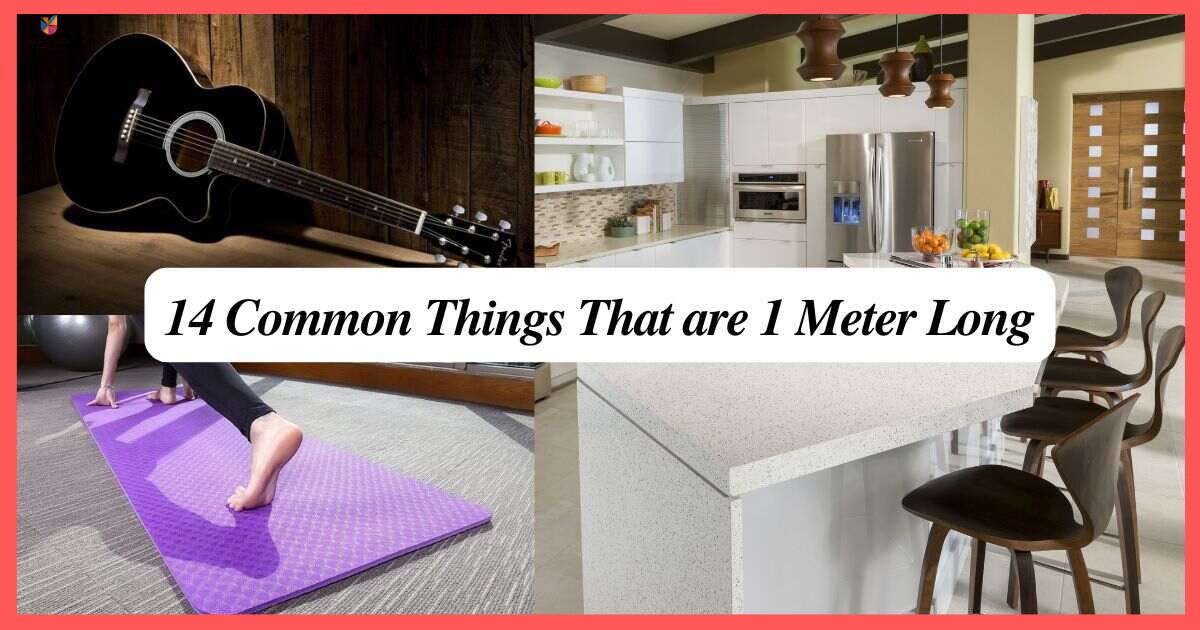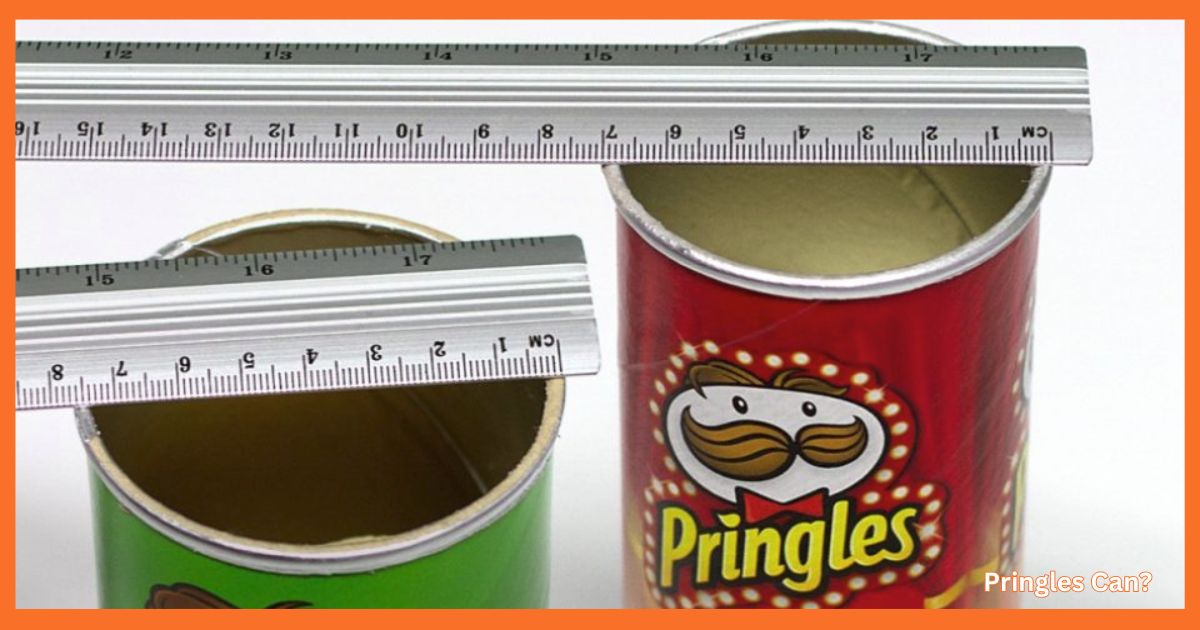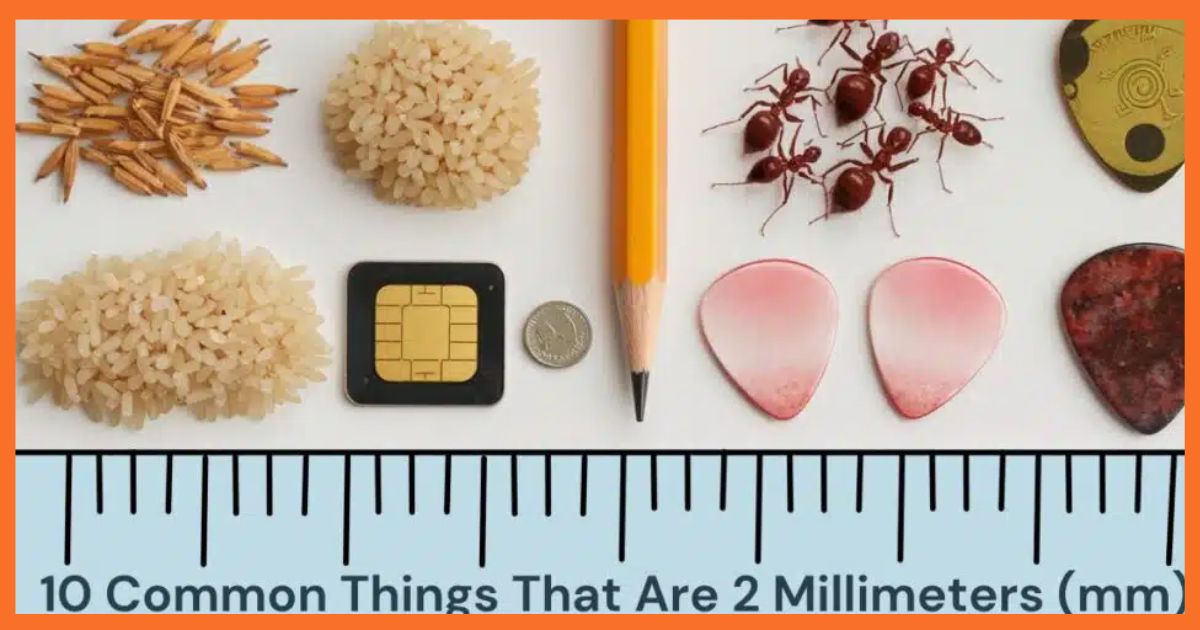Have you ever wondered about the everyday objects that are exactly 1 meter long? For many, the metric system may seem a bit abstract, especially when you’re trying to visualize exactly how long 1 meter is.
But what if we told you that this seemingly simple length is far more common than you might think? From household items to tools and even in sports, 1 meter is a common measurement that plays a significant role in our daily lives.
Whether you’re shopping for new furniture, trying to measure a space for a DIY project, or even selecting sports equipment, understanding what 1 meter looks like can be both practical and enlightening.
In this article, we’ll dive into the significance of this length, explore seven common objects that measure exactly 1 meter, and provide practical tips on how you can visualize this length in your everyday environment. Let’s begin by answering a simple but important question: how long is 1 meter, exactly?
How Long is 1 Meter?
One meter, or 100 centimeters, is just a little over 3 feet (specifically 3.2808 feet). It’s a fundamental unit of measurement in the metric system, which is widely used around the world.
But how do we relate this to things we use every day? In the following sections, we’ll explore seven common objects that are 1 meter long, helping you visualize just how long this measurement truly is. By the end of this article, you’ll be able to confidently identify 1-meter-long items in your home, workspace, or outdoors.
Now, let’s explore some familiar objects that happen to be exactly 1 meter long!
1. A Standard Baseball Bat

Baseball, an iconic American pastime, uses a variety of bat sizes for players of all skill levels. For adult players, a regulation baseball bat can be around 1 meter long.
This length provides a balance between maneuverability and power, making it easier for players to swing and make solid contact with the ball. While there are shorter and longer options for different levels of play, a bat that’s about 1 meter in length is common for many professionals and enthusiasts alike.
Why does this length matter? In baseball, the bat’s length impacts the swing speed and hitting accuracy. A bat that’s too short might not provide enough power, while a bat that’s too long could lead to slower swing speeds and less control. A 1-meter bat allows for a perfect combination of power and control, making it the go-to size for adult players.
Fun Fact: The longest bat ever used in professional baseball was 42 inches (around 1.07 meters), used by Babe Ruth. It’s believed that Babe Ruth chose the longer bat for its power, and it became a signature part of his incredible career!
2. A Standard Meter Stick or Ruler
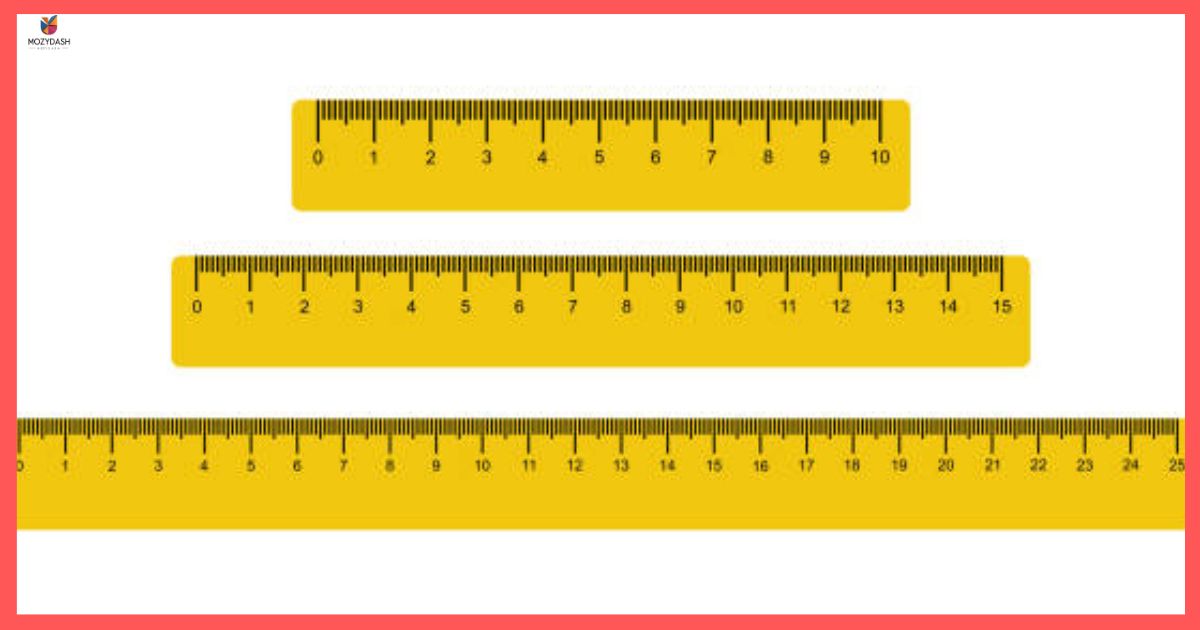
Most of us are familiar with rulers or measuring tapes, but did you know that the length of a meter stick is, well, exactly 1 meter? A meter stick is typically used in classrooms or workshops to measure objects with precision. These sticks are often made of wood or plastic, with clearly marked centimeter divisions, making them an essential tool in both educational and professional settings.
Why does the meter stick matter? For students and professionals in fields such as engineering, construction, and design, accurately measuring length is critical. Having a reliable, standardized tool like the meter stick ensures precision in measurements, which is crucial when working on projects or experiments that require exact specifications.
Fun Fact: The meter was once defined as one ten-millionth of the distance from the equator to the North Pole. This definition was later adjusted to the current definition based on the speed of light!
3. A Standard Door Frame
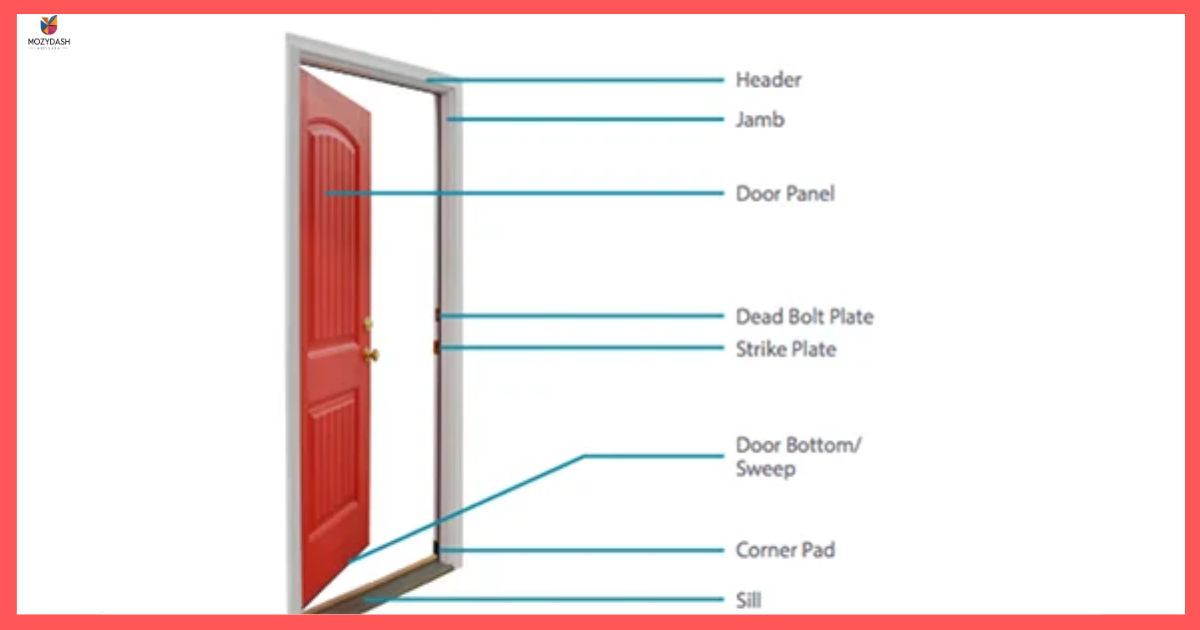
Have you ever noticed that many standard door frames are just about 1 meter wide? In fact, the width of a typical door in most countries tends to hover around the 90 to 100-centimeter mark. This size provides enough room for easy passage while maintaining structural integrity and aesthetics.
Why does this length matter? The standard door width ensures that furniture, appliances, and other large items can pass through the frame easily. It also establishes a consistent design feature in homes, offices, and public spaces. Having a door that’s approximately 1 meter wide allows for both practicality and safety, making it an essential component in architectural design.
Fun Fact: While most doors are around 1 meter wide, some older homes, especially those built in the 1800s or early 1900s, may have narrower doors due to older building codes and construction practices.
Read This blog: https://mozydash.com/8-inches/
4. A Sofa or Couch Length
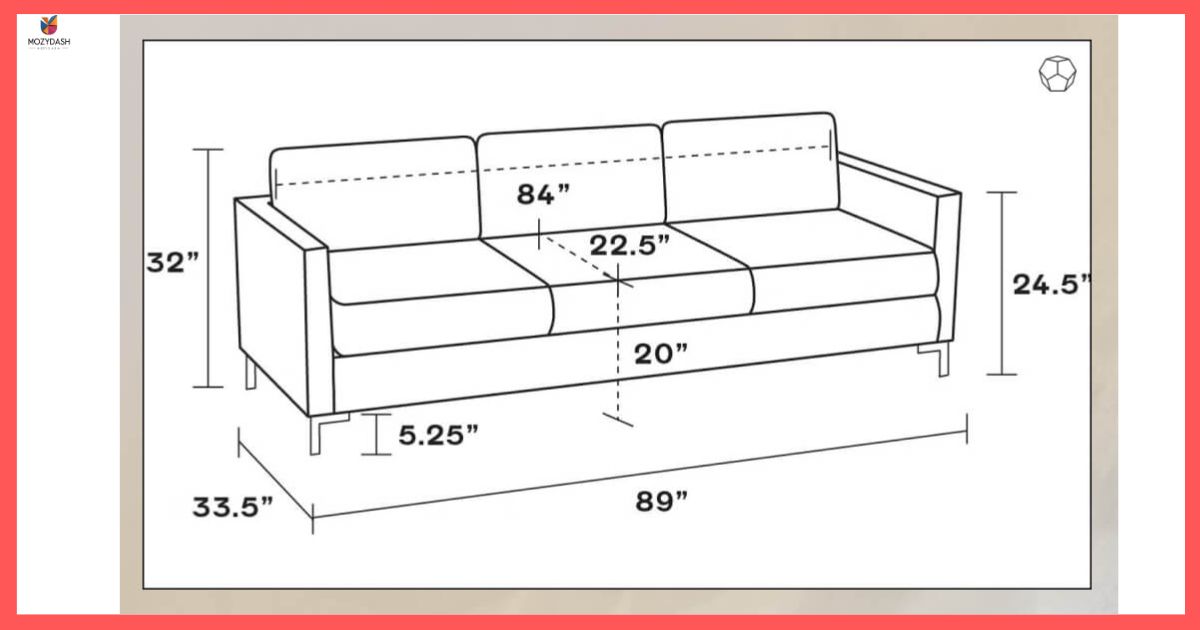
When shopping for furniture, the length of a standard couch often measures around 1 meter. While the dimensions of couches can vary greatly depending on the style, a typical two-seat sofa can be about this size. This length is popular for apartments or smaller living rooms, offering comfortable seating without overwhelming the space.
Why does this length matter? The 1-meter length allows for versatility in home design. It provides enough seating for two people to relax without taking up too much floor space, making it ideal for those living in apartments or smaller homes. Moreover, a couch that’s about 1 meter in length also fits well with other pieces of furniture, like coffee tables or armchairs, helping create a balanced and harmonious room.
Fun Fact: Did you know that the first sofas originated in ancient Egypt? Early examples were essentially wooden benches covered in animal skins or linen cloth!
5. A Skipping Rope

When it comes to fitness and sports, skipping ropes are a popular tool for improving cardiovascular health, agility, and coordination. A typical skipping rope is about 1 meter long, although this can vary slightly depending on the design and intended use. However, most ropes are sized to ensure that users can easily jump without tripping over the rope.
Why does this length matter? The 1-meter length ensures that the rope provides the right balance of speed and length for most people. Skipping ropes that are too short can be difficult to use, while ropes that are too long may cause more stumbling. A 1-meter length ensures that the rope is suitable for a wide range of individuals and provides an optimal experience for fitness routines.
Fun Fact: The world record for the most skips in one minute is held by a man named Kenta Nishiyama from Japan, who managed an impressive 369 skips in just one minute!
6. A Long Pencil or Pen
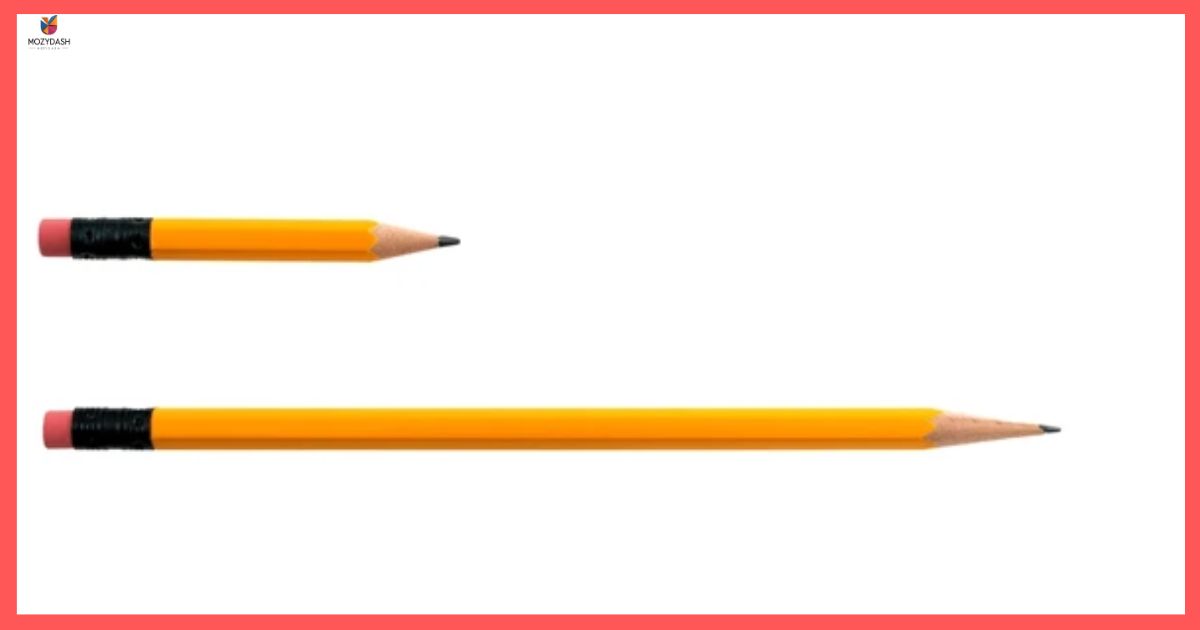
When it comes to office supplies, the typical length of a pencil or pen tends to be close to 1 meter if we line up several of them. While a single pencil or pen is usually around 15 centimeters, laying out 6 to 7 of them in a row can give you a precise 1-meter length. It’s a fun and practical way to visually estimate this measurement without using a ruler.
Why does this length matter? Knowing that common office supplies like pens and pencils can be used to approximate 1 meter is helpful when you need a quick reference. It’s a great way to gauge measurements without needing additional tools, which can be especially useful in educational settings or in a pinch during meetings or work sessions.
Fun Fact: The longest pencil ever created was a whopping 30 meters long! It was made in Germany and is now displayed as a part of a unique art exhibit.
7. A Garden Hose

For many homeowners and gardeners, a standard garden hose is often about 1 meter in length. This allows for efficient watering of small garden beds or for use in washing cars, cleaning outdoor spaces, and other home maintenance tasks. A 1-meter hose is commonly used for various household tasks, especially in smaller yards or areas that don’t require a long reach.
Why does this length matter? A 1-meter hose provides flexibility for gardening tasks or cleaning jobs that require controlled water flow and precision. It’s the perfect size for tasks that don’t need the full reach of a longer hose but still require more length than a handheld sprayer or watering can. Plus, it’s easy to store when not in use.
Fun Fact: Garden hoses come in various materials, but the first hoses were made of leather, which was heavy and hard to maintain. Modern hoses are usually made of flexible rubber or vinyl, making them easier to use and store.
8. A Floor Tile
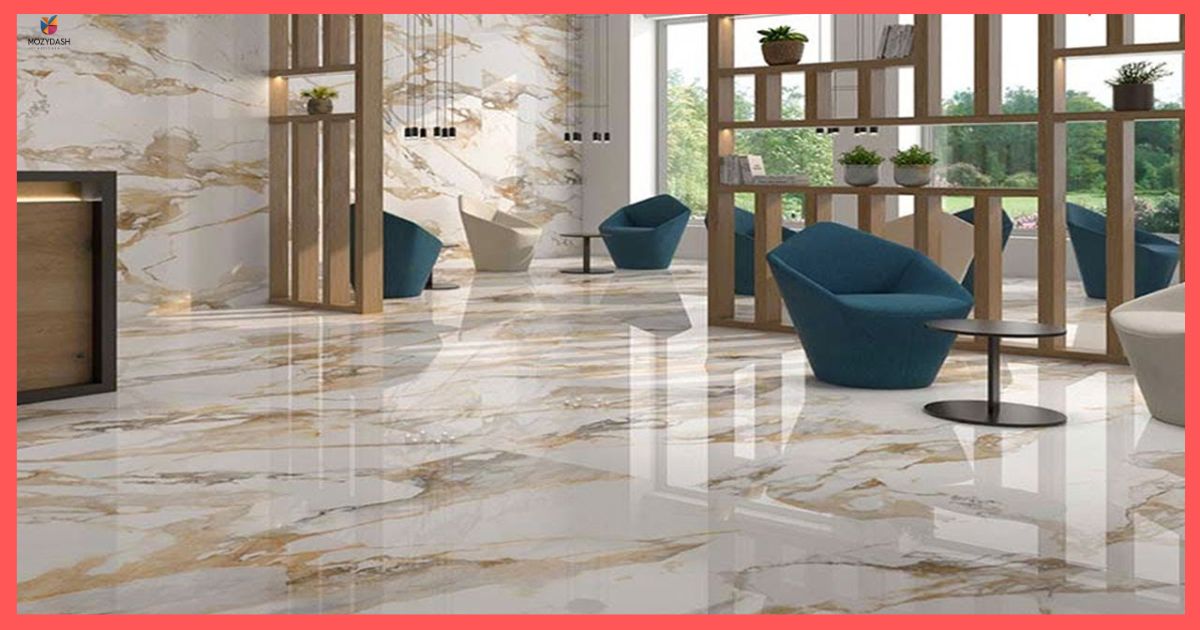
In many homes, the size of a standard floor tile often measures around 1 meter. While tiles come in a variety of sizes, large-format floor tiles commonly fall into the 1-meter category, especially for more open spaces like living rooms or kitchens. These tiles are favored for their sleek look and ability to create a seamless, modern aesthetic.
Why does this length matter? The 1-meter tile is popular in modern home design because it minimizes grout lines, creating a cleaner and more expansive look in a room. Using tiles of this size can also be more cost-effective and quicker to install compared to smaller tiles. This size has become a standard in many contemporary homes, especially those designed with a minimalist aesthetic in mind.
Fun Fact: The largest tile ever made was over 3 meters long! It was produced in Italy and displayed as part of a massive artwork during a tile exhibition.
9. A Window Blind
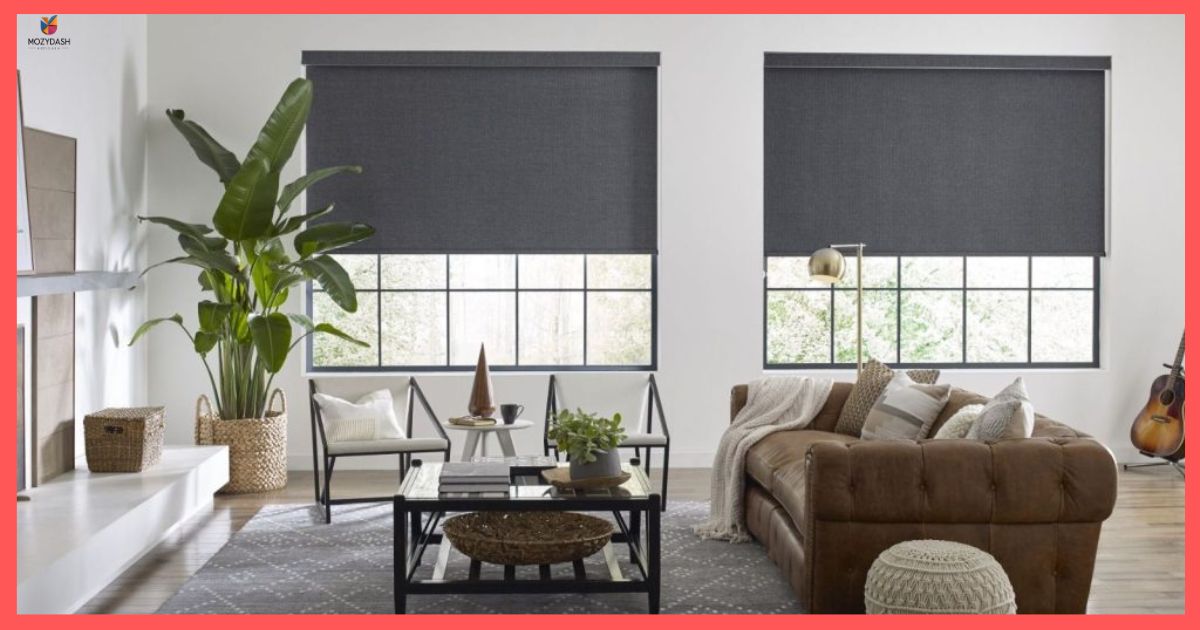
Standard window blinds, particularly the ones used for large windows, often measure around 1 meter in width. This size is especially common for windows in living rooms, offices, or even bedrooms. With the rise of modern window treatments, blinds measuring 1 meter are a practical solution to manage natural light while maintaining privacy and energy efficiency.
Why does this length matter? A 1-meter blind is often versatile enough to fit multiple window sizes, especially for single-pane windows. It’s large enough to offer adequate coverage for light control and privacy but still compact enough to be easy to operate and maintain. This length allows for efficient sunlight management without overpowering the room.
Fun Fact: The first window blinds were created in the 18th century, and they were made from strips of fabric or paper before evolving into modern-day aluminum and wooden versions.
10. A Small Tree Sapling

When planting new trees in a garden or orchard, small saplings are often sold with an approximate height of 1 meter. This size is considered ideal for young trees that are sturdy enough to withstand being planted but still small enough to adapt to their new environment. Saplings of this size are easy to transport, plant, and maintain during the early stages of growth.
Why does this length matter? A 1-meter sapling is typically old enough to have developed a solid root system, but not too tall that it becomes difficult to handle. Many gardeners and landscapers prefer this size because it strikes the right balance between being established and still needing care and attention during its first few years.
Fun Fact: The world’s oldest living tree is a bristlecone pine in California, which is over 5,000 years old! Though not always 1 meter in size, young bristlecone pines start off as tiny saplings like these.
Read this blog:https://mozydash.com/16-inches/
11. A Standard Broomstick

A typical household broomstick, when measured from end to end, is often around 1 meter in length. This size provides a comfortable reach for sweeping the floor without straining the user’s back. Broomsticks of this length are most common for traditional, upright broom designs, providing the right balance between length and practicality.
Why does this length matter? A 1-meter broomstick offers ample length for most users to sweep comfortably while maintaining good posture. This length also ensures that the broom can reach corners and edges effectively, while still being manageable for storage. Many professional cleaning services prefer this size for residential cleaning because it allows for efficient floor care.
Fun Fact: The word “broom” is derived from the plant “broomcorn,” which has been used for centuries to make bristles for brooms. Ancient Egyptians are thought to have used brooms made of palm fronds to clean their homes.
12. A Guitar Neck
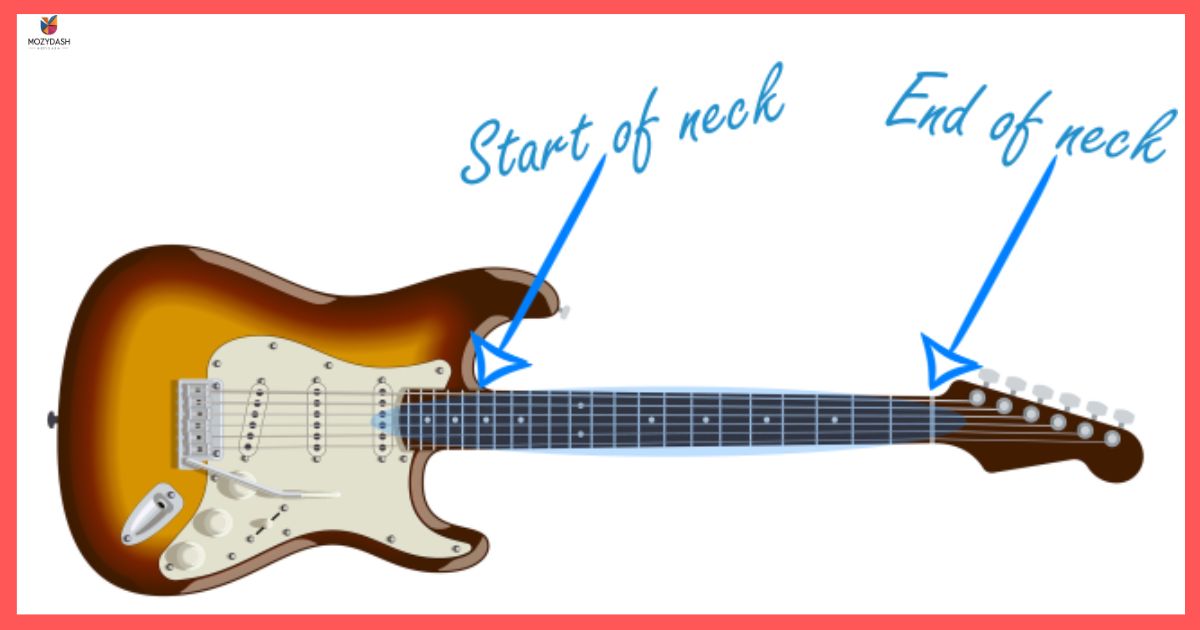
When you look at a standard electric or acoustic guitar, the length of the neck often falls around 1 meter. The neck is the long, slender part of the guitar that extends from the body, where the strings are attached and fingered. This length plays a crucial role in tuning, string tension, and the overall playability of the instrument.
Why does this length matter? A guitar neck that is about 1 meter long ensures that the instrument is comfortable for musicians to play, providing enough space for various chord shapes and note positioning. The length of the neck also affects the instrument’s tone, with longer necks generally providing more sustain and depth of sound.
Fun Fact: The longest guitar neck in the world was created by a builder in Spain and measured 42 feet long! It is not playable, but it holds the Guinness World Record for the longest guitar neck ever built.
13. A Standard Bed Frame
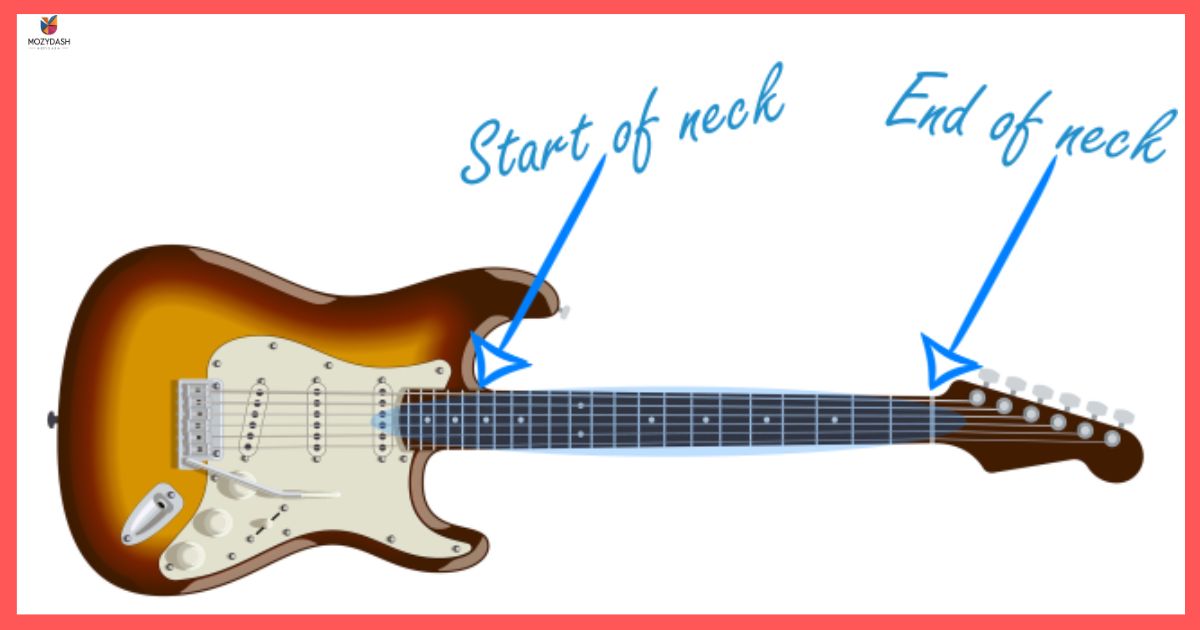
A full-size or standard bed frame, often used in single rooms, measures roughly 1 meter in width. This length is typical for smaller or twin-size beds, making them suitable for children’s rooms or compact living spaces. Bed frames at this length offer a comfortable sleeping space for individuals without taking up too much room.
Why does this length matter? A bed frame that measures 1 meter in width is perfect for compact spaces, providing a sufficient sleeping area while maximizing available floor space. It’s particularly useful in apartments, dorm rooms, or guest rooms, where space efficiency is key. In many homes, this size is ideal for maximizing comfort while keeping the room from feeling cramped.
Fun Fact: The first bed frames were used by ancient Egyptians, who constructed them from wood, leather, and even ivory. Today’s modern bed frames are made from materials like metal and memory foam for better comfort.
14. A Diving Pole

In competitive diving, the height of the pole used for platform diving or pole vaulting often measures 1 meter. Divers use this equipment to perform high-flying acrobatics into the water from an elevated platform. This measurement is key in ensuring the athlete’s jump is controlled and accurate, giving them the necessary height and trajectory to land safely in the water.
Why does this length matter? A 1-meter pole provides a balanced height for divers to perform intricate flips and spins while also ensuring they have enough clearance above the water. The pole’s height directly influences the style and difficulty of the dive, as it needs to be long enough for divers to fully extend their body without overshooting their landing.
Fun Fact: The first competitive diving event was held in 1889 in the United Kingdom. It has since evolved into an Olympic sport, with divers now performing complex routines off towering platforms.
Visualizing 1 Meter and Practical Tips

Now that we’ve explored some common objects that are about 1 meter long, you might be wondering how you can visualize this length in your daily life. One way to estimate 1 meter is to use the length of your arm.
If you extend your arm fully from your side, your fingertip to your shoulder is approximately 1 meter in length. Another easy way to estimate is by looking at a door frame or a typical kitchen countertop, both of which are usually close to 1 meter in size.
If you don’t have a ruler nearby but need to measure something, try using common objects like a standard sheet of paper (which is 21 cm wide), your smartphone (which is often around 15 cm long), or a pencil. You can quickly line up these items to estimate lengths, giving you a rough but practical sense of size.
Conclusion
Understanding what 1 meter looks like can make life a lot easier, whether you’re picking out furniture, measuring space for a project, or even participating in a sports activity.
From baseball bats to garden hoses and everything in between, the 1-meter length is more common than we often realize. By recognizing these objects and their significance, you can make more informed decisions, save time, and improve your overall efficiency in daily tasks.
Next time you find yourself wondering about measurements, take a look around your home. You might be surprised at just how many 1-meter objects you have nearby. How many can you spot today?
| how long is 1 meter in human body | ||
| 1 meter in human body | ||
| 1 meter compared to human | ||
| 1 meter looks like | ||
| how long is 1 meter |

Rober max seo expert

